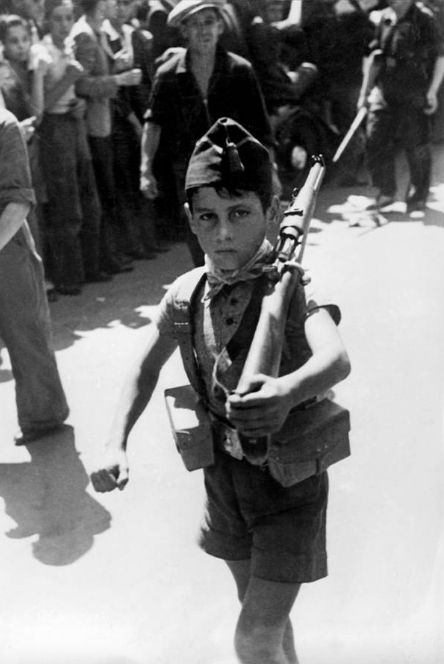The Spanish Civil War represented a struggle for freedom and for utopian ideals. Often regarded as a dress rehearsal for World War II, it was a war that extended beyond Spanish borders, for it encompassed the participation of Nazi Germany, Fascist Italy, and the Communist Soviet Union, along with some 40,000 volunteers from across the globe. During the war, new tactics of warfare, such as aerial bombardment, had consequences with regard to the civilian population as never experienced before.

During and immediately following the war, an estimated 200,000 children, in large part belonging to families on the anti-fascist Republican side, were transported to refugee camps and orphanages in countries such as the United Kingdom, France, the Soviet Union, and Mexico. Within Spain, may children were placed in foster care or in residential schools known as colonias infantiles (“children’s colonies”), situated on the eastern side of the peninsula.

Despite the conditions of war and displacement, teachers residing with the young refugees in the colonias infantiles attempted to safeguard the children’s education. In keeping with the techniques employed by psychologists and social workers of the time, the children were often asked to engage in therapeutic drawings of their experiences as a way of coping with the trauma of war and of separation from their families.

This was arguably the first-known broad use of art as therapy for children in wartime. Some of the drawings were also created for propagandistic means, as a way of mobilizing international public opinion or to raise funds for refugee camps and foster homes. Today, many of the thousands of original drawings have been preserved and are housed in various archives around the world, in cities such as Barcelona and Madrid.

Our goal for this project is to lend new meaning to this struggle, which was also endured by thousands of children, and new meaning to the process of symbolic and creative resistance that is embodied in the drawings. It is a process that, in the years following the war, has often been silenced or forgotten.